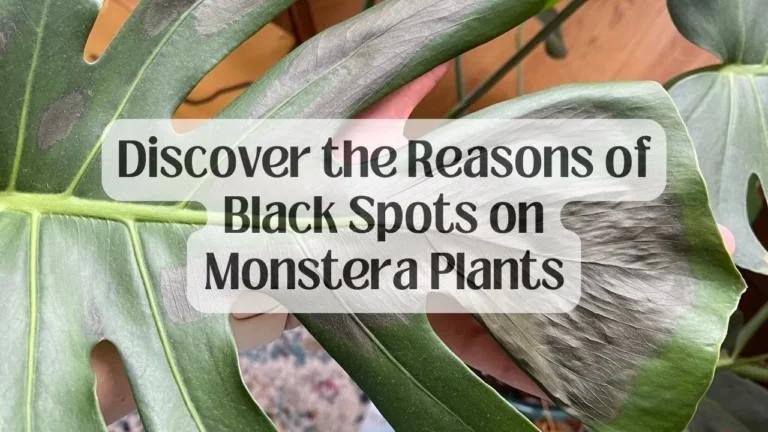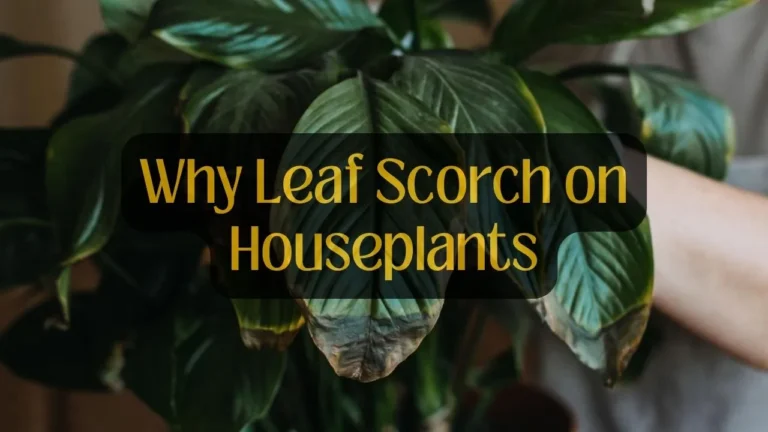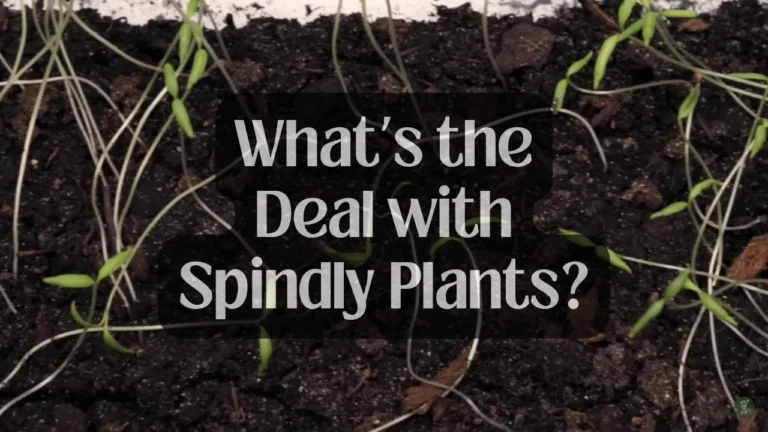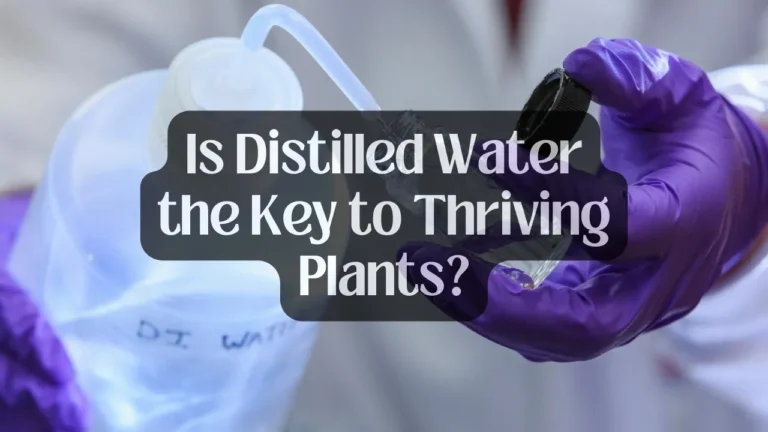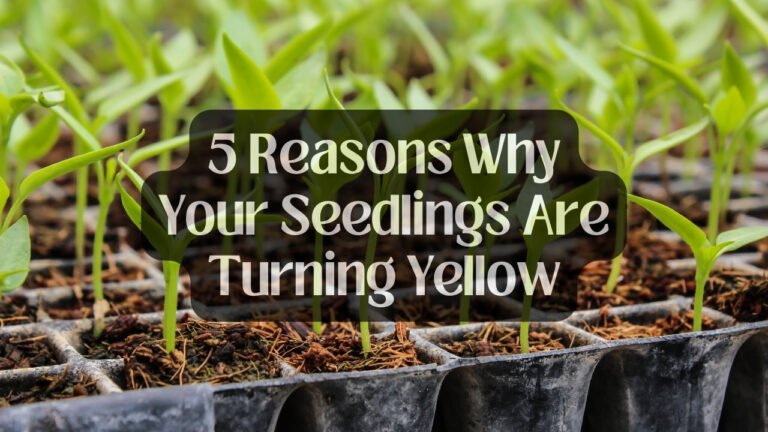A Comprehensive Guide On Making Plants Greener with Epsom Salt
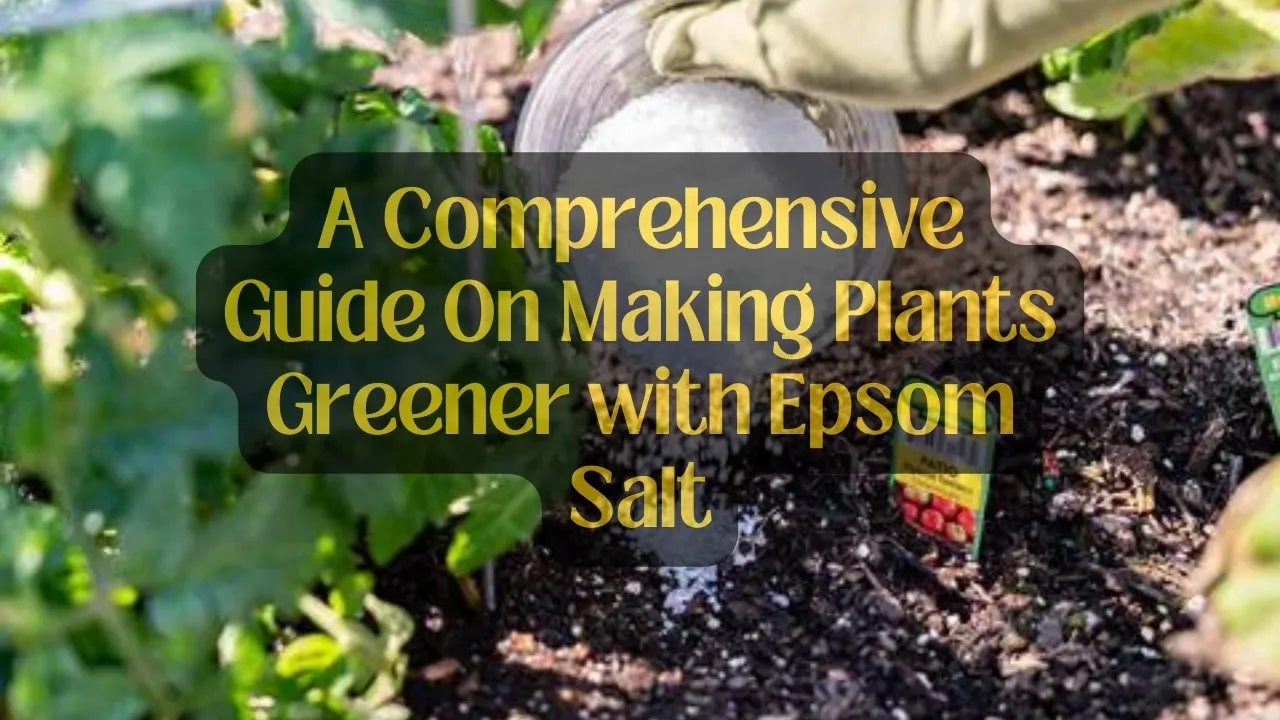
Have you ever noticed your plant’s leaves looking a little yellow and lackluster? It’s a common issue that many gardeners face, but the solution could be as simple as using Epsom salts.
But, how to use Epsom salt to help green foliage? Well, Epsom salt needs to be sprayed on the right ratio. Just keep on doing it once a month until the leaves seem to be alright. Don’t overspray it and your plant leaves will be alright hopefully.
Don’t know much about Epsom salt? No worries. I’ll try to come up with everything regarding Epsom salt and its application in your indoor plants. Keep on reading!
But What Exactly Are Epsom Salts?
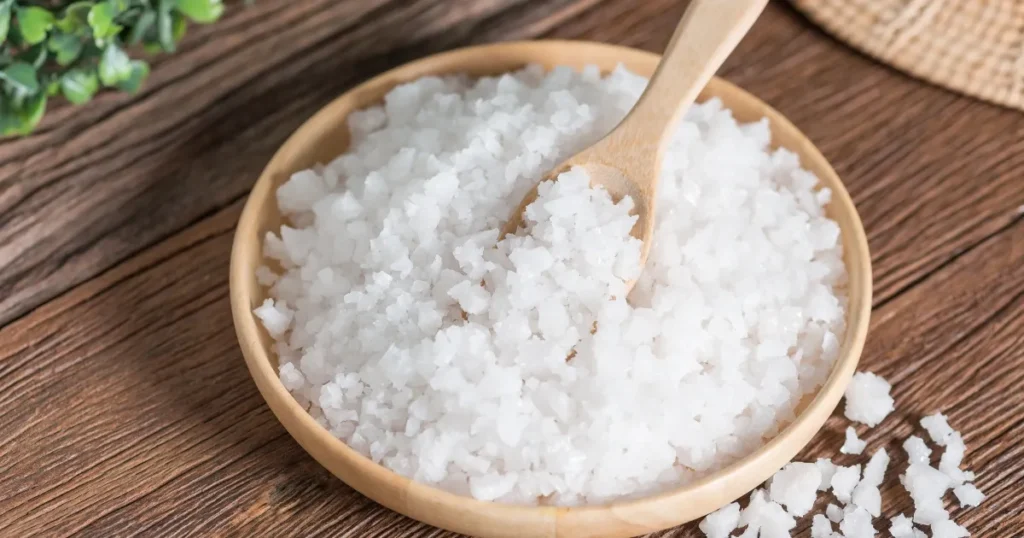
Epsom salts might sound like a fancy gardening product, but they’re actually a mineral compound made up of magnesium and sulfate. You’ve probably seen them in the pharmaceutical aisle at your local store, as they’re commonly used in bath salts and as a natural remedy for various ailments.
However, these salts aren’t just for humans – they can also be a game-changer for your plants. That’s because magnesium is an essential nutrient that plays a crucial role in photosynthesis, the process by which plants convert sunlight into food.
Why Do Plants Need Magnesium? How is Epsom Salt Associated?
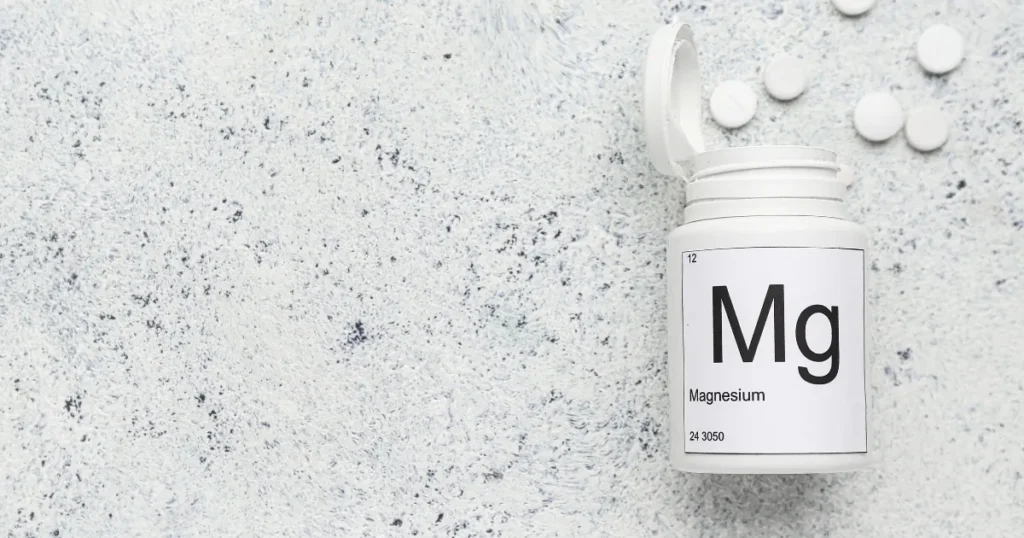
Magnesium is like the green thumb of the plant world. Without it, your plants may struggle to produce the vibrant green pigment known as chlorophyll, which is responsible for that lush, healthy hue we all love to see in our gardens.
When a plant lacks magnesium, its leaves may start to turn yellow, particularly on the older leaves first. This is because magnesium is a mobile nutrient, meaning the plant can redistribute it from the older leaves to the newer growth when there’s a deficiency.
But don’t worry – a little Epsom salt can go a long way in correcting this issue and restoring your plants’ verdant glory.
How to Use Epsom Salts for Greener Foliage
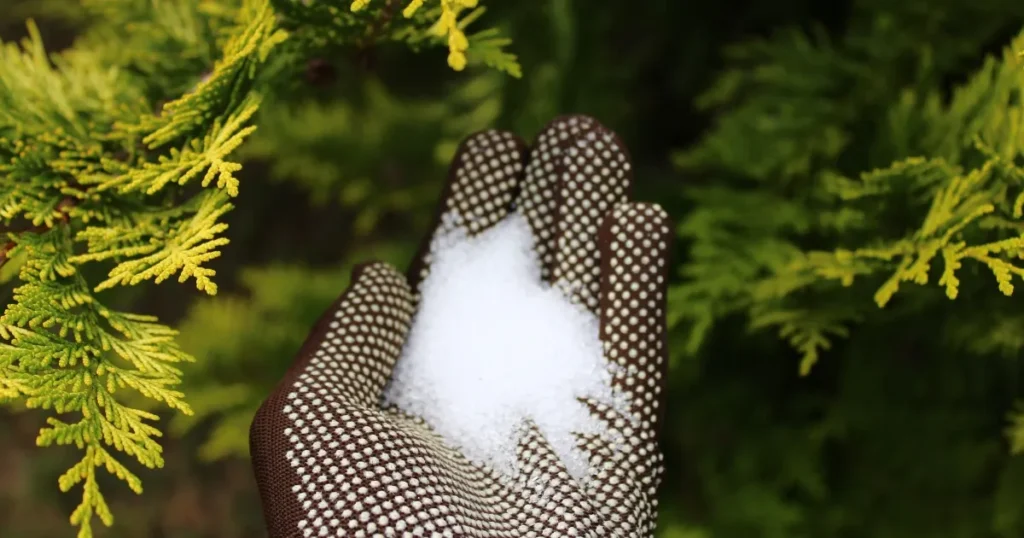
Using Epsom salts is incredibly simple and can be done in a few different ways:
- Foliar Spray Mix two tablespoons of Epsom salts per gallon of water and spray the solution directly onto the leaves of your plants. This method allows the magnesium to be quickly absorbed through the leaf surface.
- Soil Drench For potted plants or garden beds, you can dissolve one tablespoon of Epsom salts per foot of plant height in a gallon of water. Pour the solution slowly around the base of the plant, allowing it to soak into the soil.
- Side Dressing For plants in the ground, you can simply sprinkle some Epsom salts around the base of the plant and water it in. Use about a tablespoon per foot of plant height.
It’s important to note that a little goes a long way with Epsom salts, so be careful not to overdo it. Too much magnesium can actually be detrimental to your plants.
Other Benefits of Epsom Salts for Plants
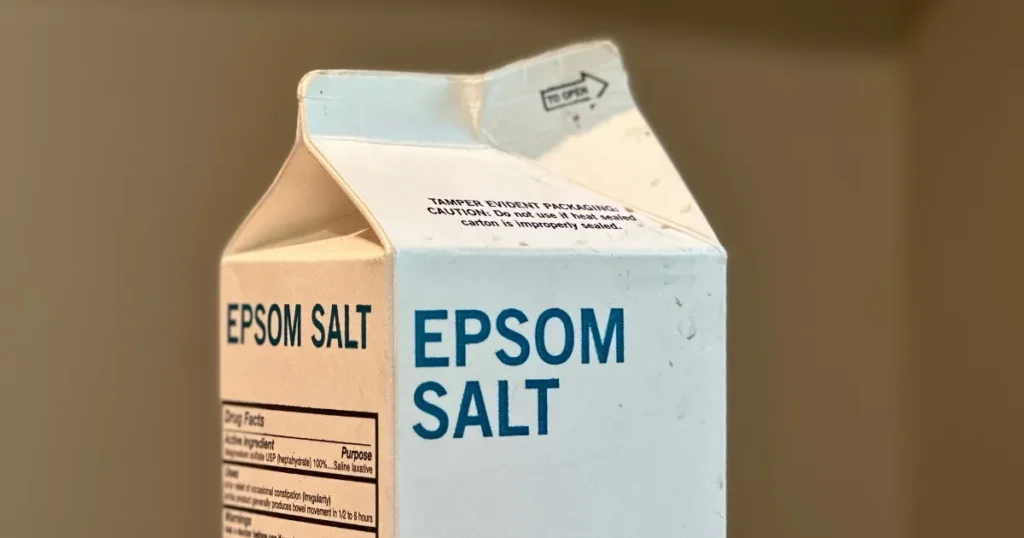
Beyond greener foliage, Epsom salts can offer a few other benefits for your plants:
- Increased Flowering and Fruiting Magnesium is thought to promote better flowering and fruit production in plants like tomatoes, peppers, and roses.
- Improved Nutrient Uptake Magnesium can help plants better absorb other essential nutrients, like nitrogen and phosphorus, leading to overall healthier growth.
- Stress Relief Epsom salts can help plants cope with environmental stresses, such as drought or high temperatures, by improving their overall vigor.
This YouTube video will help you to get more information about Epsom salt benefits of using plants.
When to Avoid Using Epsom Salts?
While Epsom salts can be a boon for most plants, there are a few exceptions where you’ll want to steer clear:
- Carnivorous Plants Insectivorous plants like Venus flytraps and pitcher plants rely on insects for their nutrients, so using Epsom salts (which can deter insects) may do more harm than good.
- Acid-Loving Plants Plants that thrive in acidic soil conditions, such as azaleas and blueberries, may not respond well to the alkalizing effects of Epsom salts.
In general, it’s always a good idea to do a bit of research on the specific plants you’re growing before incorporating any new soil amendments or foliar sprays.
Conclusion
If you’re looking for a simple, budget-friendly way to give your plants a green glow-up, Epsom salts could be the answer. With just a few easy applications, you can correct magnesium deficiencies and help your plants achieve their full potential for lush, vibrant foliage.
So why not give it a try? Your plants (and your green thumb) will thank you.

